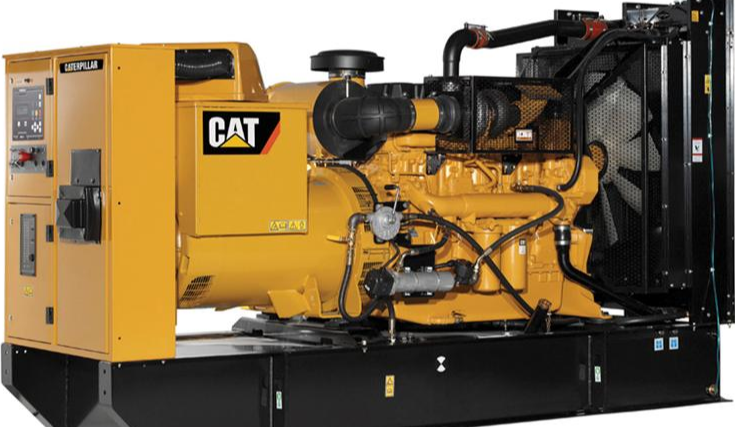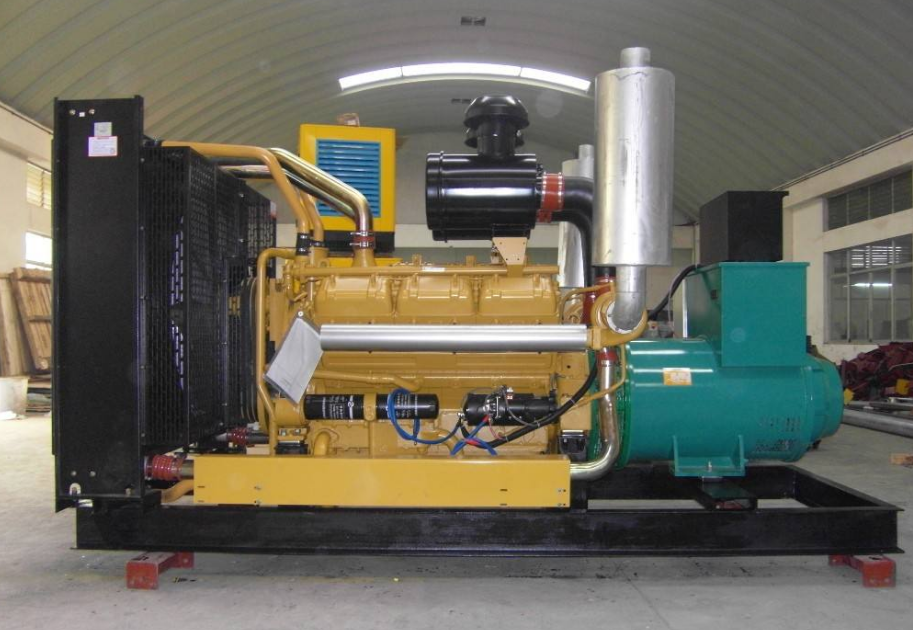Power generation + pumped power generation

The boundary conditions of hydropower planning, design and operation have changed significantly. The core task of traditional hydropower station planning and design is to select the technically feasible and economically reasonable scale and operation mode of the power station, which is usually considered under the premise of the optimal objective of comprehensive utilization of water resources. It is necessary to comprehensively consider the requirements of flood control, irrigation, shipping and water supply, and carry out comprehensive economic, social and environmental benefit comparison and selection. Under the background of continuous technological breakthroughs and the continuous increase of the proportion of wind power and photovoltaic, the power system objectively needs to make full use of hydraulic resources, enrich the operation mode of hydropower stations, and play greater adjustment functions such as peak regulation, frequency regulation and phase regulation, and many previously unfeasible goals in technology, equipment and construction have become economically and technologically feasible. The original unidirectional model of water-storage and water-release power generation can no longer meet the requirements of the new power system, so it is necessary to combine the model of pumped storage power station to greatly improve the regulating capacity of hydropower station. At the same time, in view of the limitations of short time scale regulation power sources such as pumped storage power stations in promoting the consumption of new energy sources such as wind power and photovoltaic power generation, and it is difficult to undertake the task of safe supply, it is objectively necessary to increase the storage capacity of reservoirs to improve the regulation time cycle of conventional hydropower, so as to make up for the gap in system regulation capacity caused by the withdrawal of coal power.
Demand for innovative development
It is urgent to accelerate the development of hydropower resources, increase the proportion of hydropower in the new power system, and play a greater role. In the context of the "double carbon" goal, the total installed capacity of wind power and photovoltaic power generation will reach more than 1.2 billion kilowatts in 2030; It is expected to reach 5 billion to 6 billion kilowatts by 2060. In the future, the new power system has a huge demand for regulating resources, and hydropower is the best regulating power source. China's hydropower technology can be developed installed capacity of 687 million kilowatts, by the end of 2021, has developed 391 million kilowatts, the development rate of about 57%, far lower than the 90% development rate of some developed countries in Europe and the United States. Considering the long development cycle of hydropower projects (usually 5 to 10 years), while the development cycle of wind power and photovoltaic power generation projects is relatively short (usually 0.5 to 1 year, or even shorter) and the rapid development, it is urgent to speed up the development progress of hydropower projects, build as soon as possible and play a role as soon as possible.
It is urgent to change the development mode of hydropower generation to meet the new requirements of new power system peak regulation. Under the constraint of "dual carbon" target, the future power supply structure determines the huge requirements brought by the operation of the power system for peak load balancing, and this is not a problem that can be solved by the scheduling combination and market forces, but a basic technical feasibility problem. Only on the premise of technical feasibility, through market guidance, scheduling and operation control, the economic security and stable operation of the power system can be realized. For the traditional hydropower station in operation, it is urgent to systematically optimize the utilization of existing storage capacity and facilities, appropriately increase the renovation investment when necessary, and do everything possible to improve the regulation capacity. For the newly planned and constructed conventional hydropower stations, it is urgent to consider the major boundary condition changes brought about by the new power system, and plan and build flexible and adjustable hydropower stations with long and short time scales according to local conditions. As for pumped storage power, the construction should be accelerated under the condition that the adjustment capacity of short time scale is seriously insufficient. In the long run, we should consider the demand of the system for short time scale peak load capacity, and formulate its development plan scientifically. For the water-transfer pumped storage power station, it should be combined with the cross-regional water transfer needs of national water resources, not only as a cross-basin water transfer project, but also as a power system regulation resource for comprehensive utilization, and if necessary, it can also be combined with seawater desalination project overall planning and design.

It is urgent to promote hydropower generation to create greater economic and social value while ensuring the safe operation of the new power system. Based on the constraints of the development goal of carbon peaking and carbon neutrality in the power system, new energy sources will gradually become the main force in the power supply structure of the power system in the future, and the proportion of high-carbon power sources such as coal power will gradually decrease. According to data from a number of research institutions, under the scenario of large-scale withdrawal of coal power, by 2060, China's wind power and photovoltaic power generation capacity will account for about 70%; The total installed hydropower capacity considering pumped storage is about 800 million kilowatts, accounting for about 10%. In the future power supply structure, hydropower is a relatively reliable and flexible and adjustable power supply, which is the cornerstone power supply to ensure the safe, stable and economic operation of the new power system, and it is urgent to change from the current "power generation is mainly and regulation is auxiliary" to the development and operation mode of "regulation is mainly and power generation is auxiliary". Accordingly, the economic benefits of hydropower enterprises should get due benefits under the background of greater value, and the income of hydropower enterprises should also increase significantly the income of providing adjustment services for the system on the basis of the original power generation income.
- EMERSON
- Honeywell
- CTI
- Rolls-Royce
- General Electric
- Woodward
- Yaskawa
- xYCOM
- Motorola
- Siemens
- Rockwell
- ABB
- B&R
- HIMA
- Construction site
- electricity
- Automobile market
- PLC
- DCS
- Motor drivers
- VSD
- Implications
- cement
- CO2
- CEM
- methane
- Artificial intelligence
- Titanic
- Solar energy
- Hydrogen fuel cell
- Hydrogen and fuel cells
- Hydrogen and oxygen fuel cells
- tyre
- Chemical fiber
- dynamo
- corpuscle
- Pulp and paper
- printing
- fossil
- FANUC
- Food and beverage
- Life science
- Sewage treatment
- Personal care
- electricity
- boats
- infrastructure
- Automobile industry
- metallurgy
- Nuclear power generation
- Geothermal power generation
- Water and wastewater
- Infrastructure construction
- Mine hazard
- steel
- papermaking
- Natural gas industry
- Infrastructure construction
- Power and energy
- Rubber and plastic
- Renewable energy
- pharmacy
- mining
- Plastic industry
- Schneider
- Kongsberg
- NI
- Wind energy
- International petroleum
- International new energy network
- gas
- WATLOW
- ProSoft
- SEW
- wind
- ADVANCED
- Reliance
- YOKOGAWA
- TRICONEX
- FOXBORO
- METSO
- MAN
- Advantest
- ADVANCED
- ALSTOM
- Control Wave
- AB
- AMAT
- STUDER
- KONGSBERG
- MOTOROLA
- DANAHER MOTION
- Bently
- Galil
- EATON
- MOLEX
- Triconex
- DEIF
- B&W
- ZYGO
- Aerotech
- DANFOSS
- KOLLMORGEN
- Beijer
- Endress+Hauser
- MOOG
- KB
- Moxa
- Rexroth
- YAMAHA
- Johnson
- Westinghouse
- WAGO
- TOSHIBA
- TEKTRONIX


Email:wang@kongjiangauto.com



































































































































